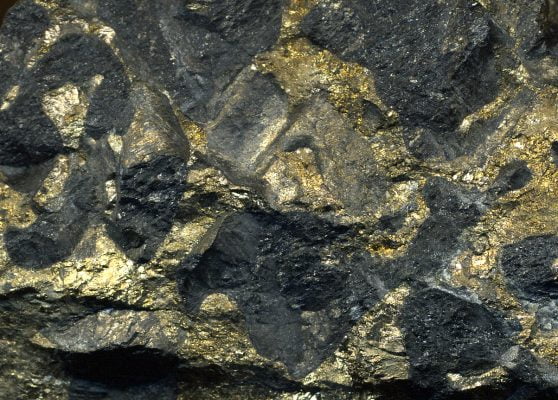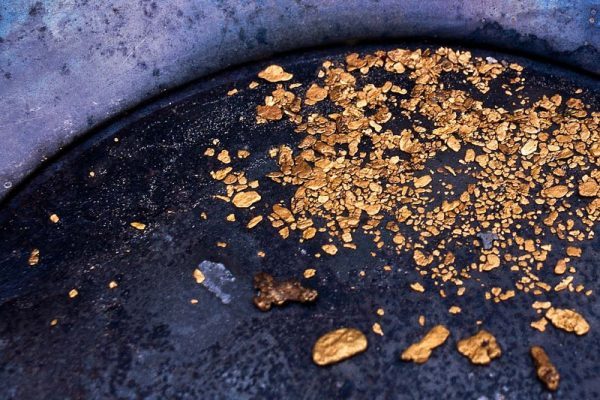Zim might not benefit from palladium boom

Zimbabwe will have to review platinum group of metals royalties, if it is to fully benefit from the price boom that has been witnessed for palladium, observers have said. Palladium, which for long played second fiddle to platinum, has shone, trading at almost twice the price of the later, for the better part of the year.
Its prices have been up by 40 percent this year and has been surging for six straight quarters according to a report by Bloomberg.
Palladium prices are likely to remain elevated as production at the world’s top two producing countries South Africa and Russia has been subdued. Also behind the bullish trend are tighter environmental laws in Europe and China that are boosting consumption, according to Australia and New Zealand Banking Group.
Production is likely to continue to trail use through 2020, Bloomberg Intelligence analyst Eily Ong, said in an October 17 note.
Zimbabwe should benefit as it is the third largest PGM producer after Russia and South Africa. Authorities are already in anticipation and forecasting an increase in product to capitalise on the good prices.
The country’s mines ministry earlier this month forecast platinum-group metals output at 2,79 million ounces in 2024, almost triple the 979 000 ounces currently produced by Zimplats, Mimosa and Unki.
Increased production is also expected from new PGM mine developments in the form of the $4.2 billion Karo Mine as well as the $4 billion Great Dyke Investments mine. That mine houses, in particular those that are already in operation, are making a killing, is not in question but contribution to Zimbabwe is not clear.
The latest results released by Zimplats, for the full year to June 2019, showed the miner made revenue of $264,330 million from palladium alone while platinum contributed $194,9 million. In 2018, the reverse was true, with platinum earning $223,3 million in revenue while palladium weighed in with $200. A year earlier platinum’s revenue contribution amounted to $239,3 million while palladium contributed $161,2 million.
The prevailing prices have meant overall revenue for Zimplats increased to $630,9 million up from $582,5 million prior year comparative.
The question, however, comes from a national perspective. How much is Zimbabwe benefiting from its minerals in general and the current palladium boom in particular?
From Zimplats, national coffers only earned $26,5 million in royalty and commission expenses for all PGMs. The other major benefit could be through staff costs as the company paid $105 million (there is no information whether there are any expatriates that were paid.)
Analyst Mukasiri Sibanda suggests the 2020 National Budget should review platinum royalties upwards to increase mining tax revenue contribution.
He says as it stands now, platinum royalty rates are half the rate of the gold sector and marginally higher than base metals by 0,5 percent.
Ahead of the 2020 National Budget, Sibanda said it is disturbing that the Budget Review had weakened mining fiscal linkages by giving in to industry demands on deductibility of royalties for the purpose of calculating taxable income.
“Starting January 1, 2020, royalties will be recognised as an allowable deduction for tax purposes. Noting the mining sector’s poor tax contribution, the 2014 National Budget Statement directed that mineral royalties will no longer be an allowable cost for the purposes of calculating taxable income.
“Referring to regional best practice, the Budget Review reversed this position. However, the Budget Review failed to realign Corporate Income Tax (CIT) rates of between 15 percent and 25 percent, which were noted as below the regional average. Rather, the CIT rates were deemed as competitive, a major worry because Zimbabwe must not take a leadership position on race to the bottom — using lower tax rates to woo investors,” said Mukasiri.
He said it is imperative that Government adopts a progressive royalty regime with rates increasing or falling depending on the price.
“If a sliding scale was in place, then the country would be benefiting from the palladium boom,” he said.
Treasury must not limit the self-adjusting royalty rate to the gold sector, this should be applied to all minerals. The gold royalty regime is self-adjusting, at 3 percent below US$1 200 and at 5 percent above US$1,200, said Mukasiri_Business Weekly


